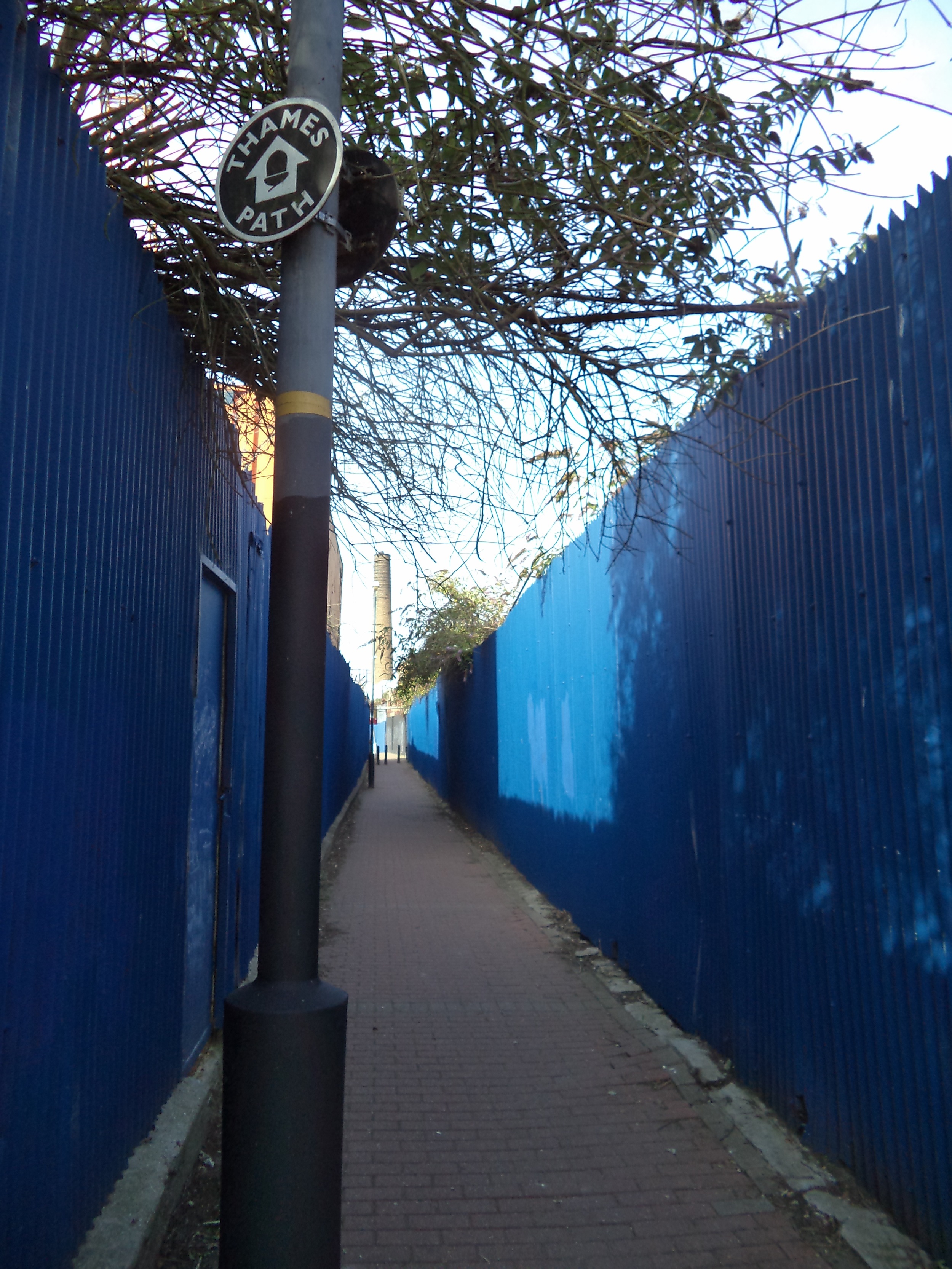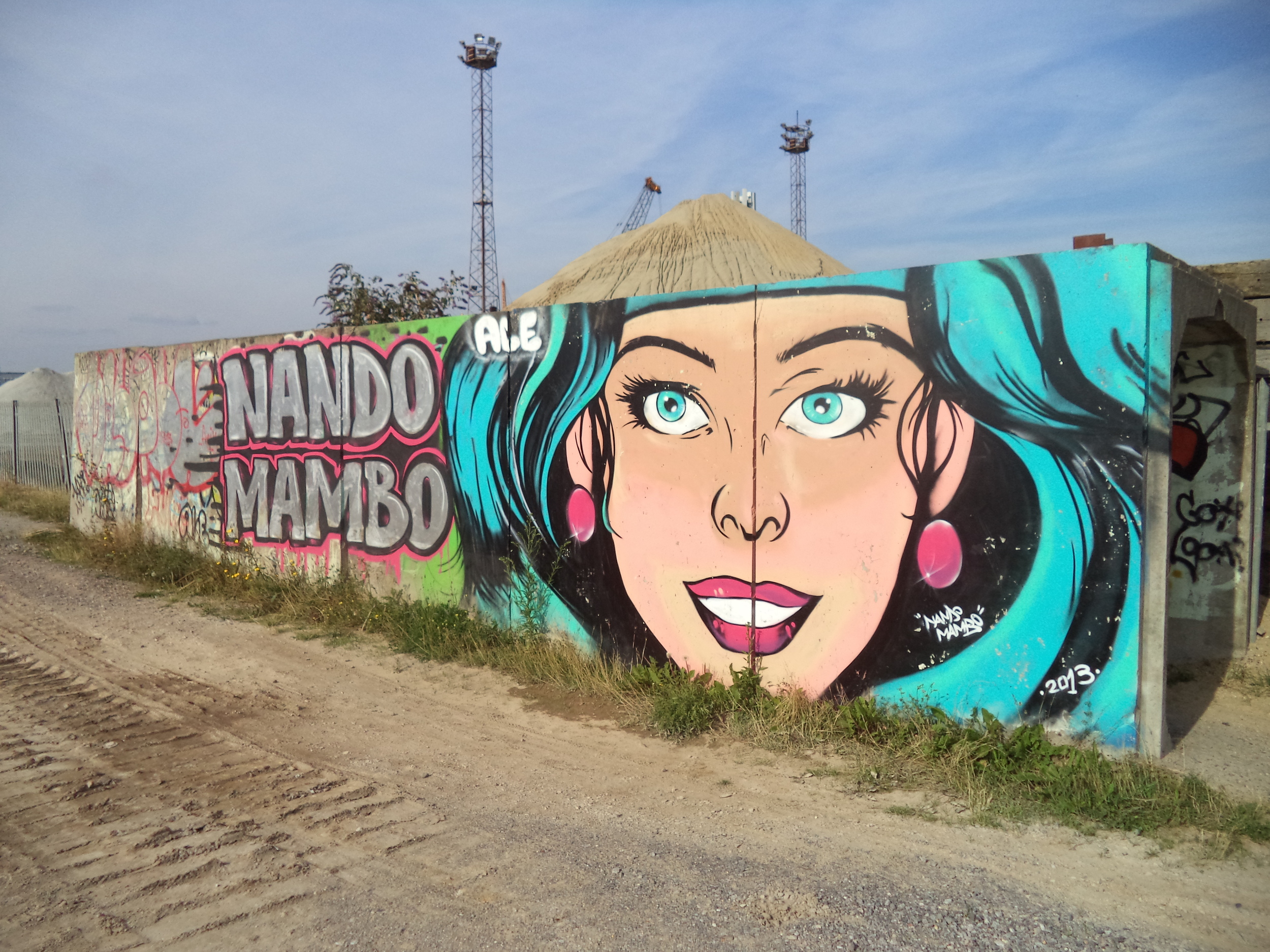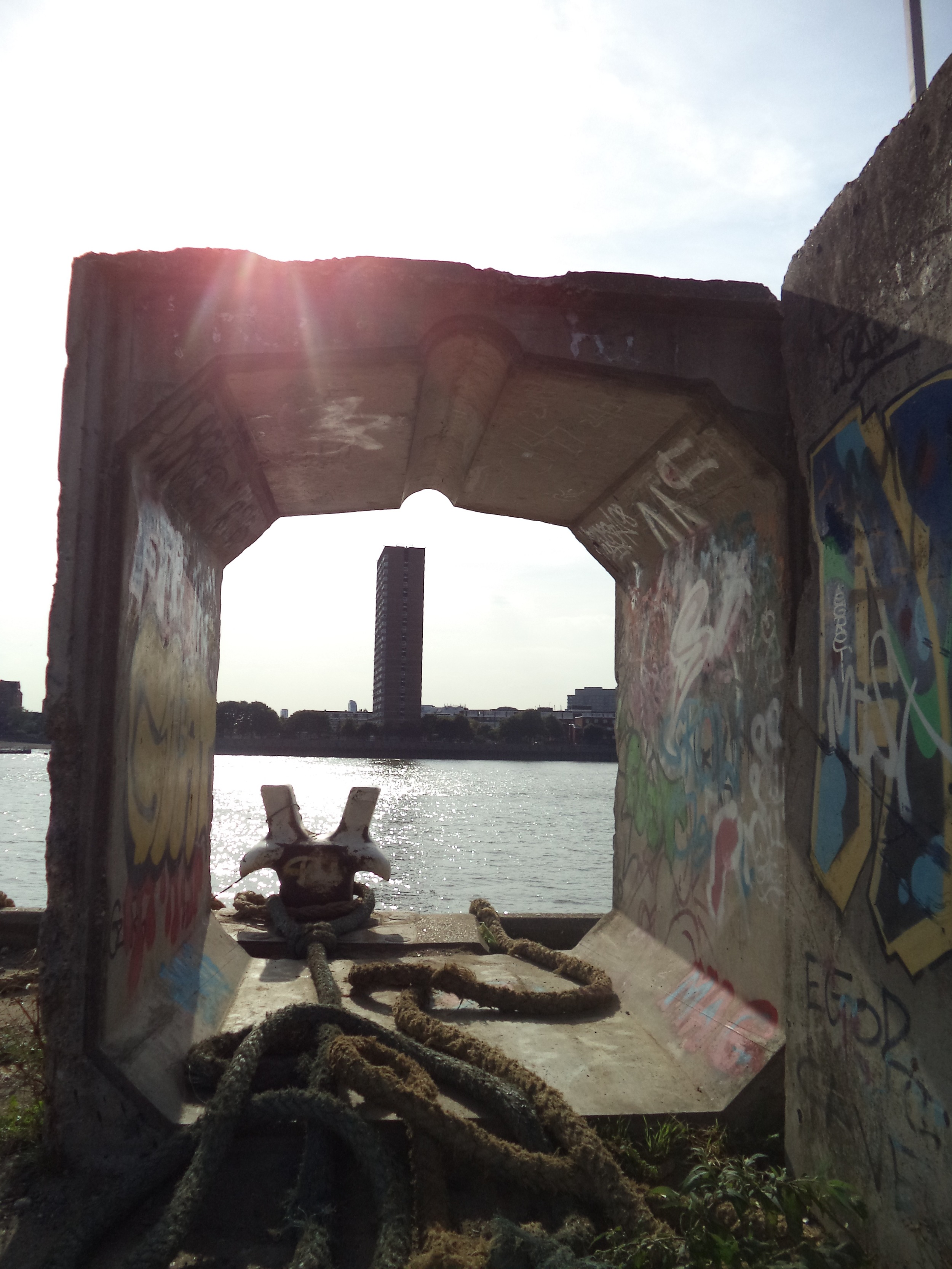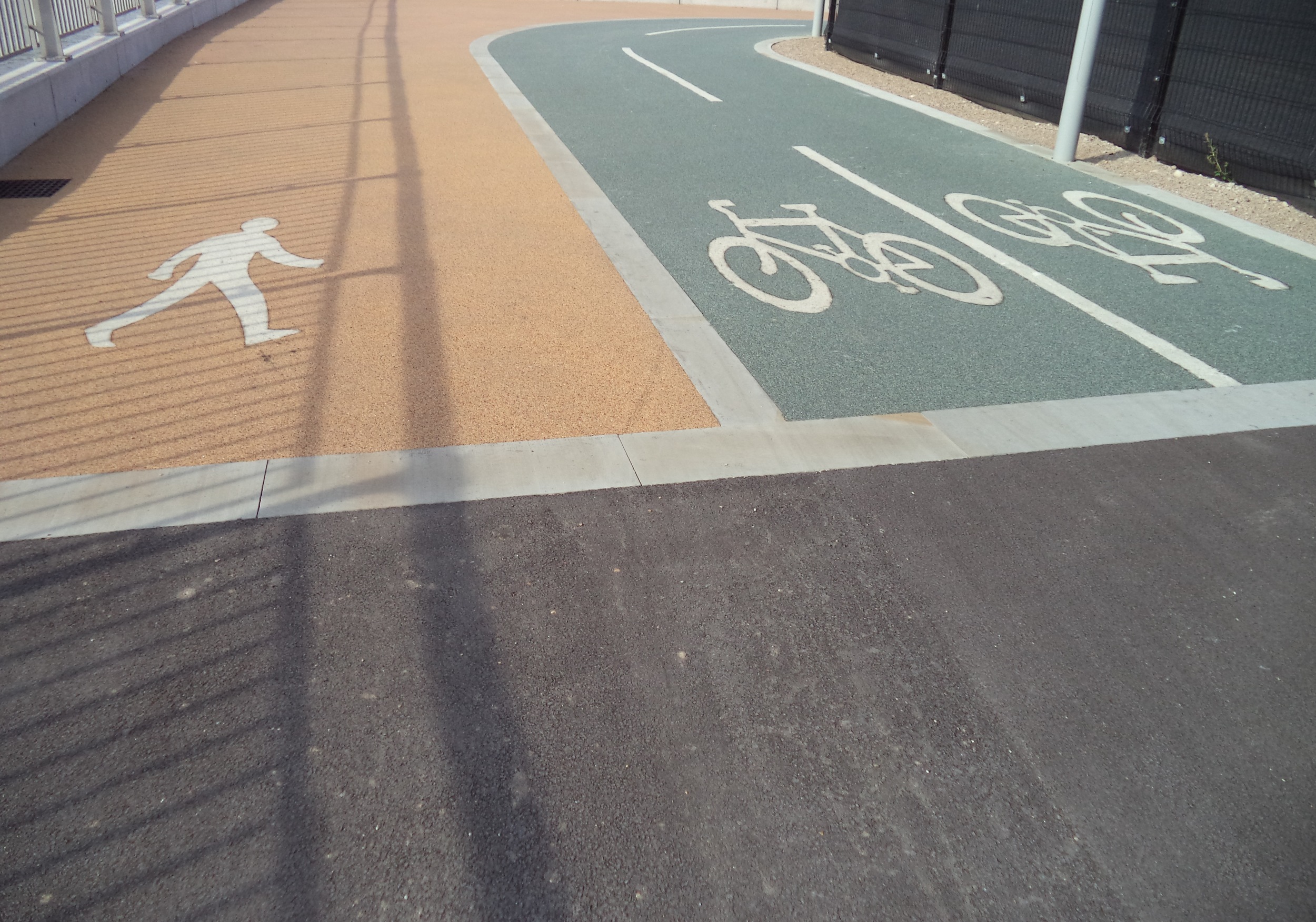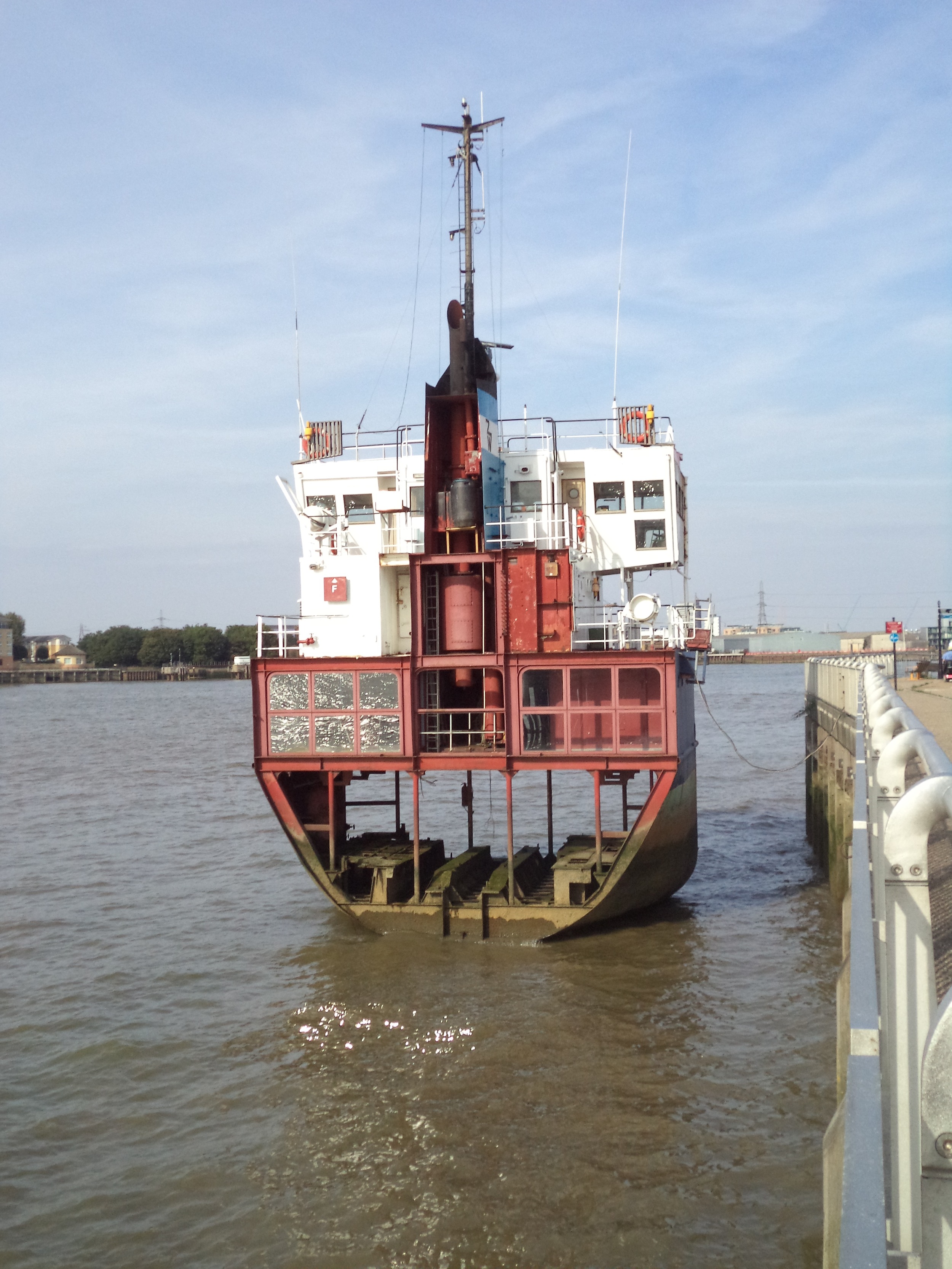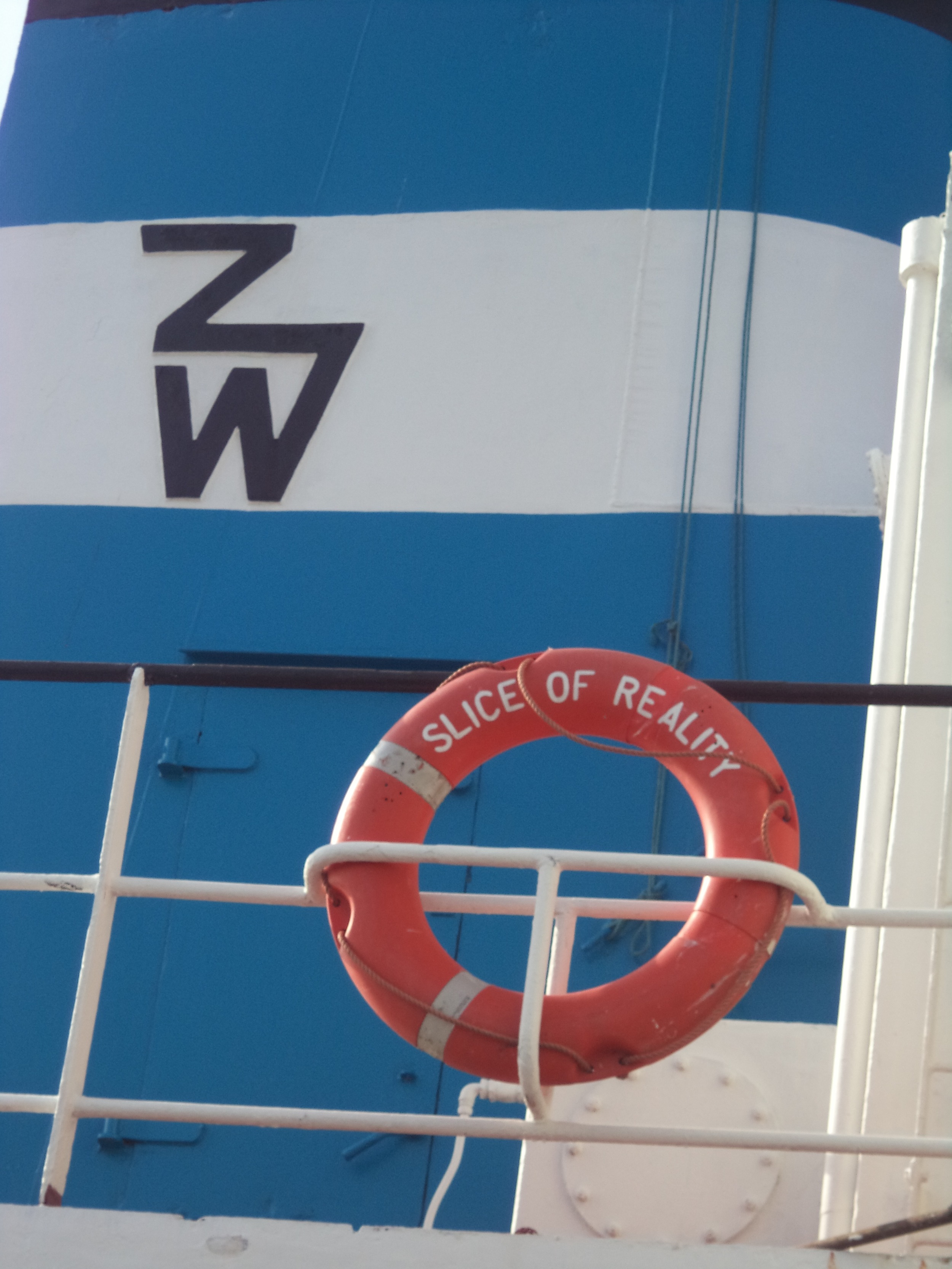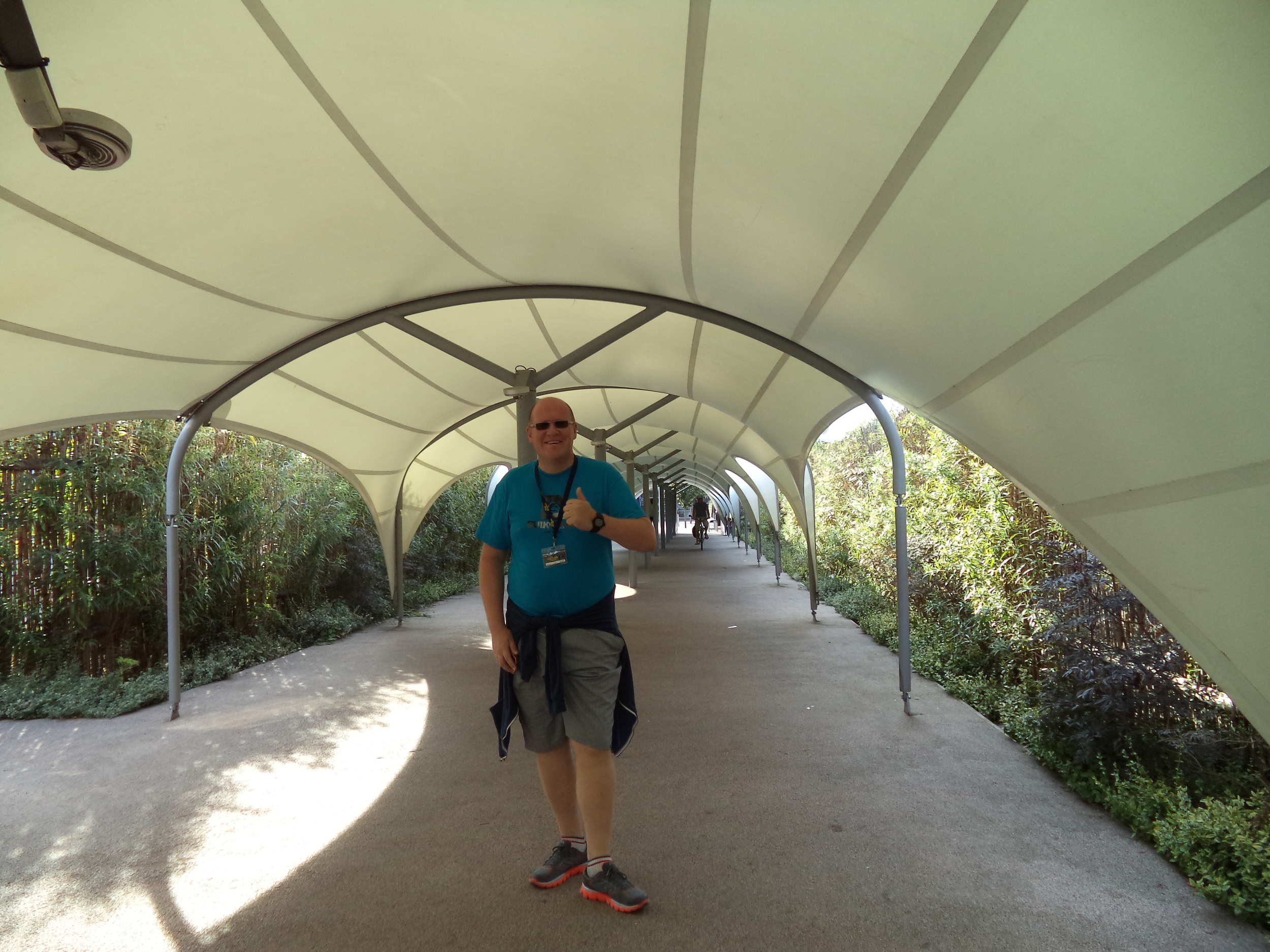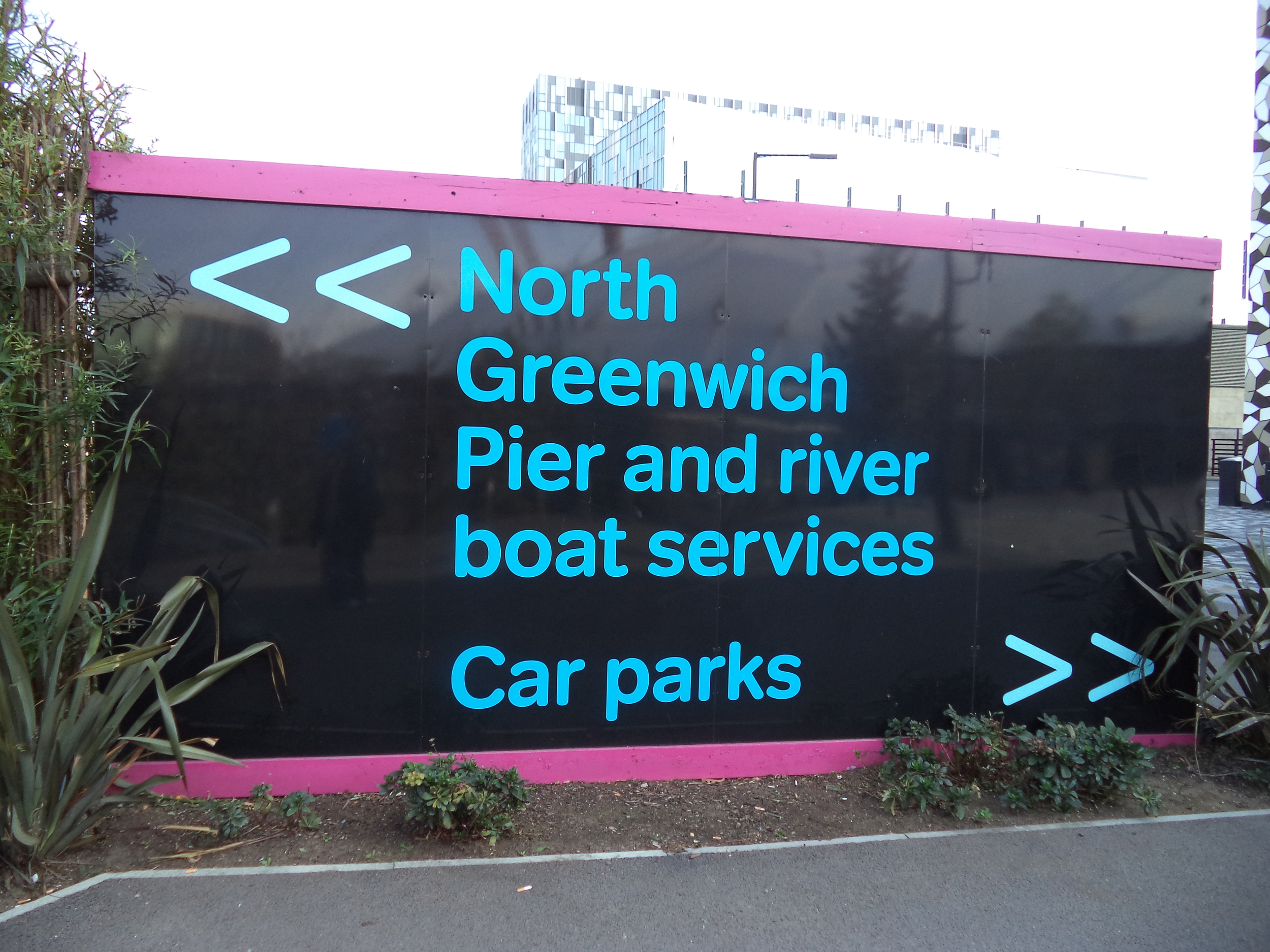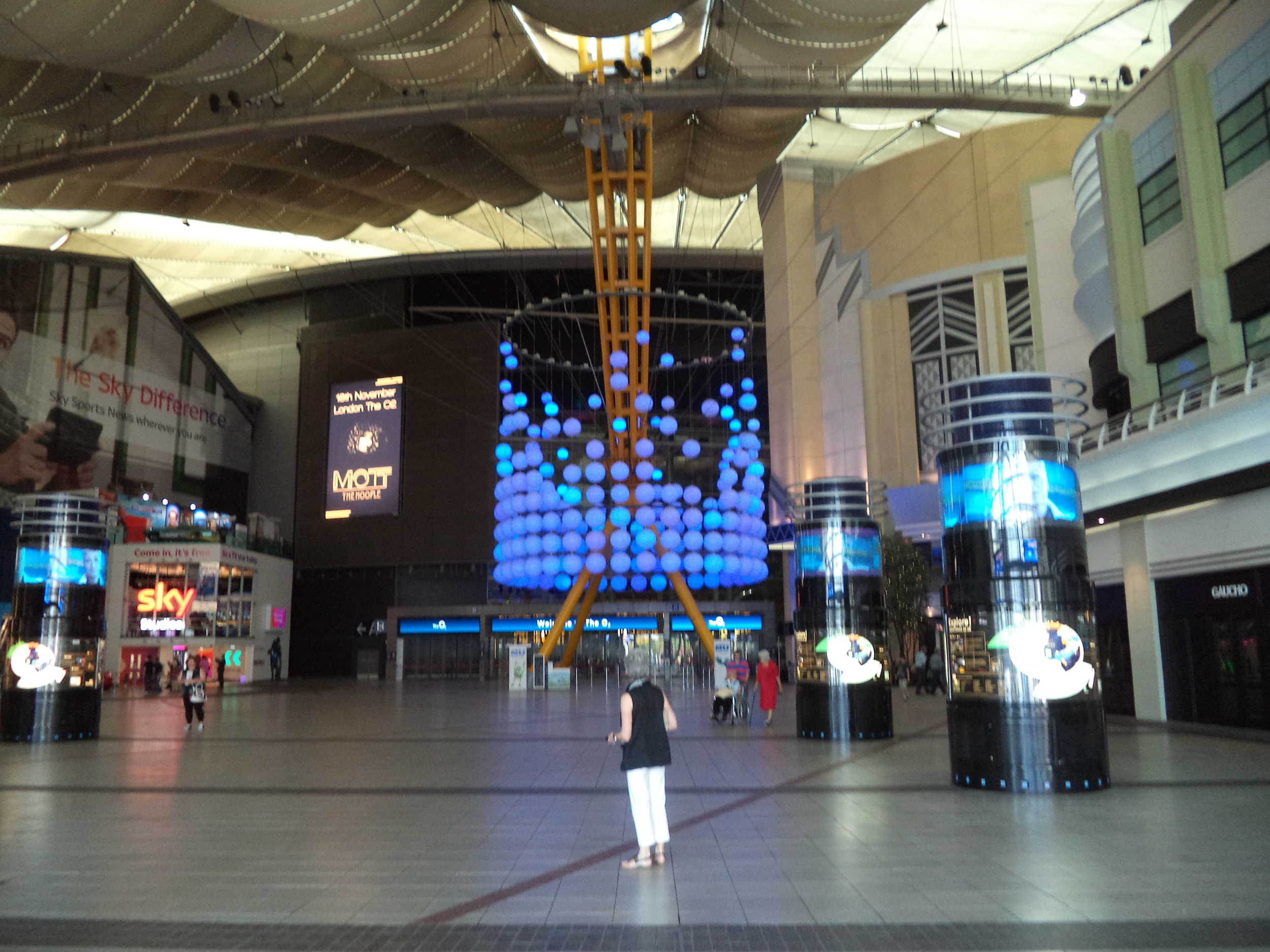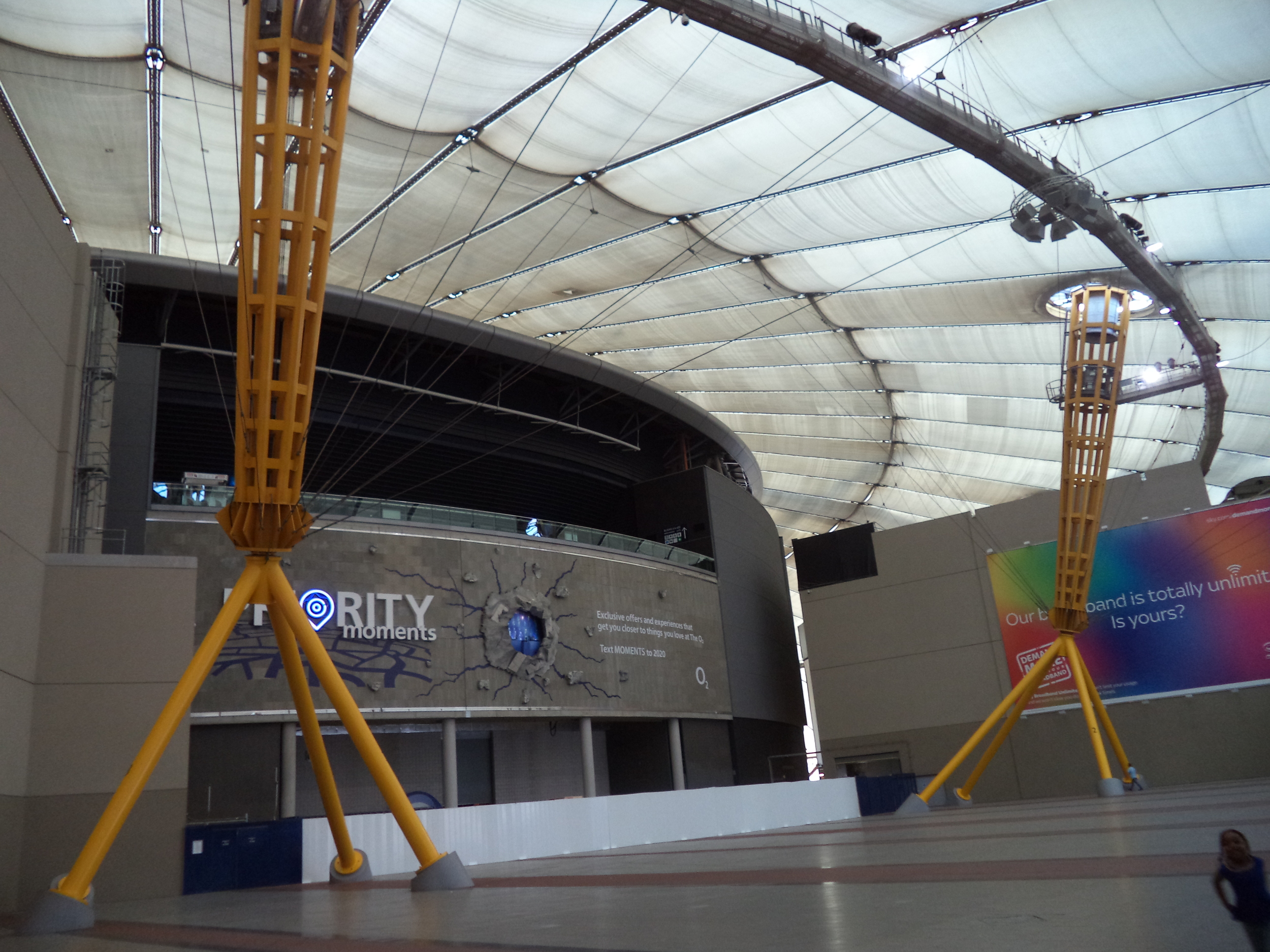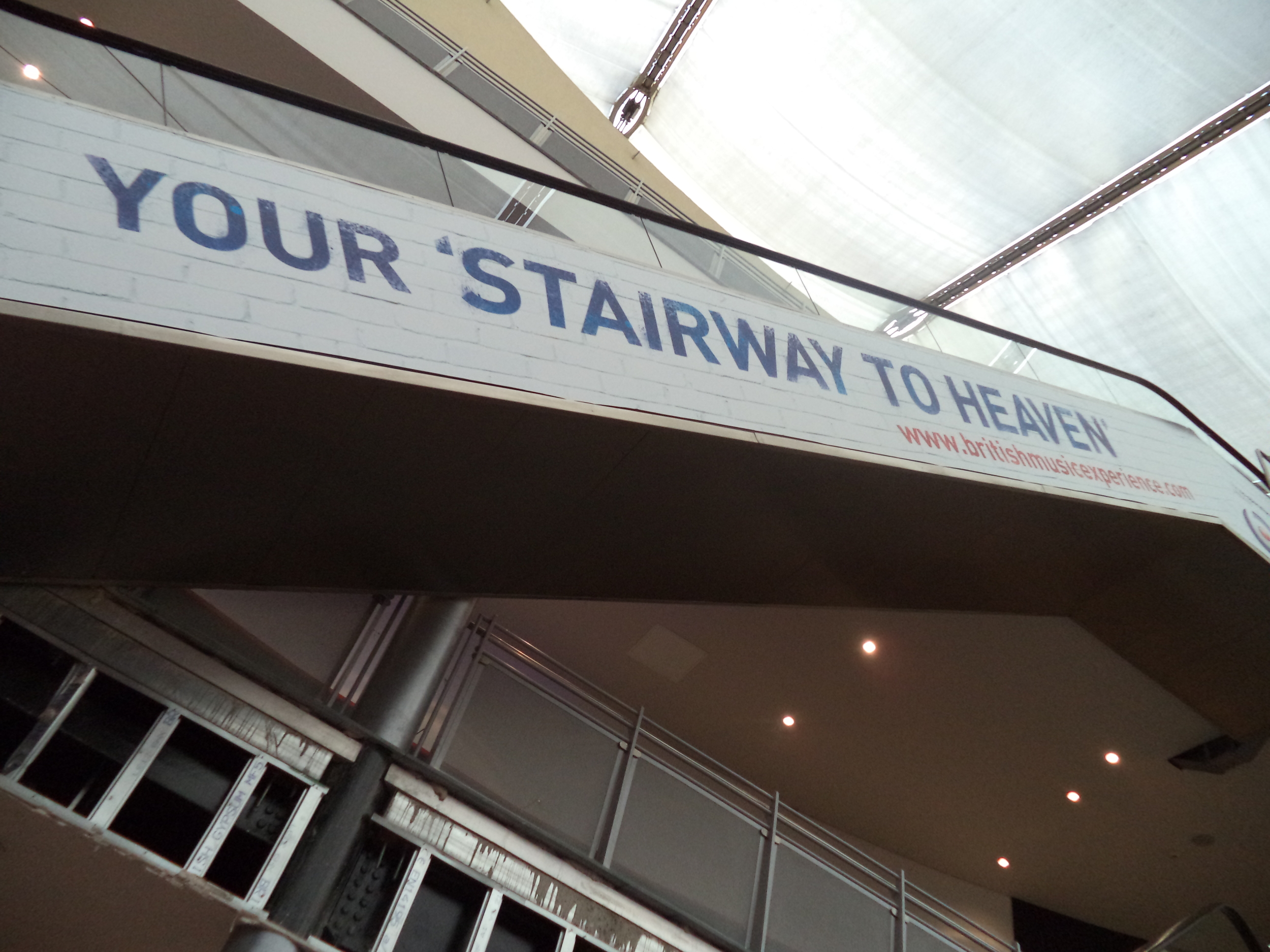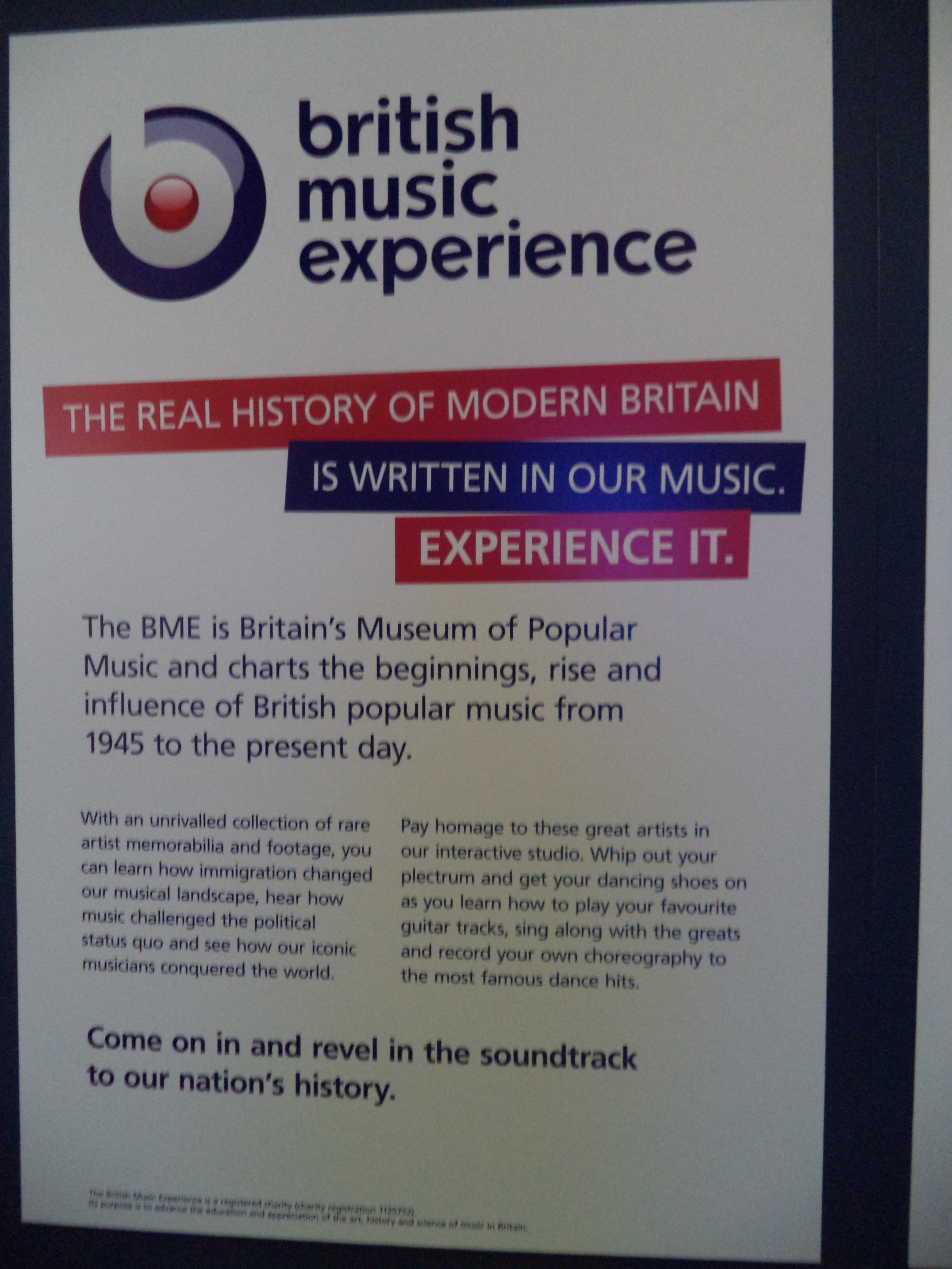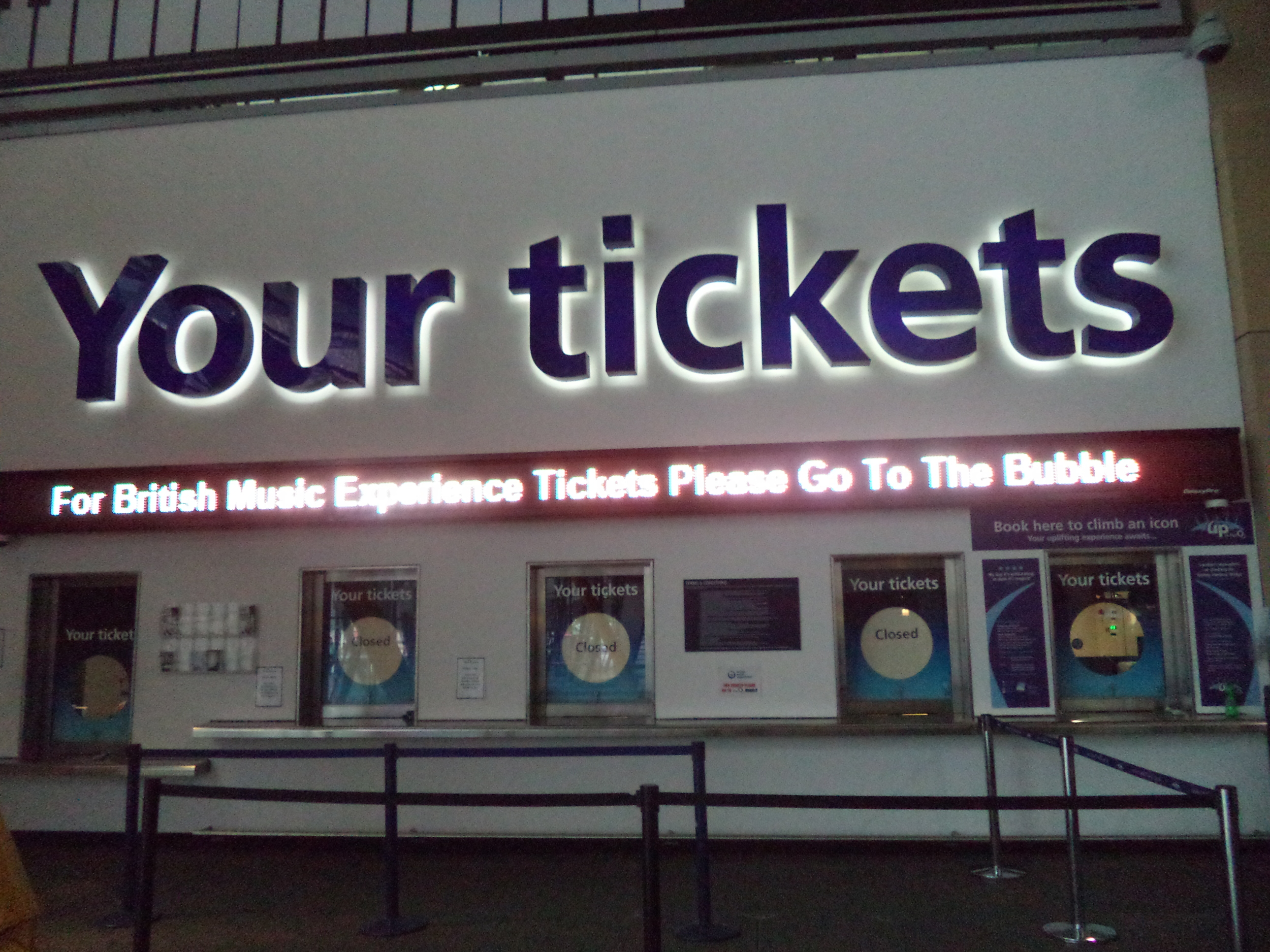Honestly, we probably wouldn't have done, The British Music Experience, if it had not been an attraction included in our London Pass. In a city where there is so much to see and do, it wasn't on our radar. On the last day of using our pass, we found ourselves with time left late in the day and The British Music Experience was nearby.
When we decided to go to the museum, we were touring Greenwich and figured that the O2, where the museum is located, was walkable. It was, but it took us over an hour and through some sketchy areas. We walked on a bike trail along the Thames and got some cool pictures.
Built for the Millennium, the O2 Dome is a massive and visually impressive building. If you are unafraid of heights, you can even take a tour where you climb on top of the structure. In addition to The British Music Experience, the dome houses restaurants, shops, cinemas and a giant concert arena.
Photography is forbidden inside of The British Music Experience, but I took a few snaps of the exterior before heading inside.
The British Music Experience is very tech heavy. The first part of the visit is an introduction video, that explains the layout of the museum and the scan cards. Many of the exhibits are scannable and you're given a card that allows you to scan content and save it to view later at home. It's a cool feature, although I was so engrossed in the experience, that I didn't really use it.
The museum is set up like a wheel with spokes. There is a central hub with computers where you can explore music articles from all decades and then each "spoke" has a room dedicated to a different decade starting in the 40's and continuing to the present.
Additionally, there is a room filled with instruments, where you can interact and test your own skills. Dan had a great time in this room and it looked to be the most popular part of the museum. All of the kids wanted to bang on the drums!
Each decade room is filled with interactive displays and artifacts such as outfits worn by musicians (notably dresses worn by The Spice Girls), concert posters, sheet music, instruments, et... Depending on your level of interest, you could spend a long time in each room. I averaged about twenty minutes per room.
Overall, I enjoyed my visit to the museum. However, there were some issues with how the exhibits were arranged that lessened my enjoyment. It was very difficult to read the small print on the artifact displays. On the artifact cabinet, they had headphones that are supposed to give you more info on the object, but it just repeated what was written on the placard inside of the cabinet. I felt like this was a huge missed opportunity. It seemed like a lot of the information given, I could have found by searching my computer at home. It didn't feel unique. Some of the touch screens did not work easily and it was frustrating.
What I did like were some of the personal interviews of people working in the industry alongside great artists. These interviews were located on a mini hub within each decade room. I could have spent all day listening to the interviews and it was the highlight of my visit.
The last part of the museum was a mock concert experience in 3-D. It's unnecessary, except for it leaves you exiting the museum on a high note. I love going to concerts and this final part of the museum, after the onslaught of music info, reminded me of the feeling that I get when I listen to music live. The museum should have tapped into this emotion more, rather than being so technical. The feeling that music gives you is universal.
If you are interested in visiting The British Music Experience, check out their official site for current ticket prices and information.
As we walked out of the O2, we saw this exceptionally cool looking building.
Cool building adjacent to the O2.
